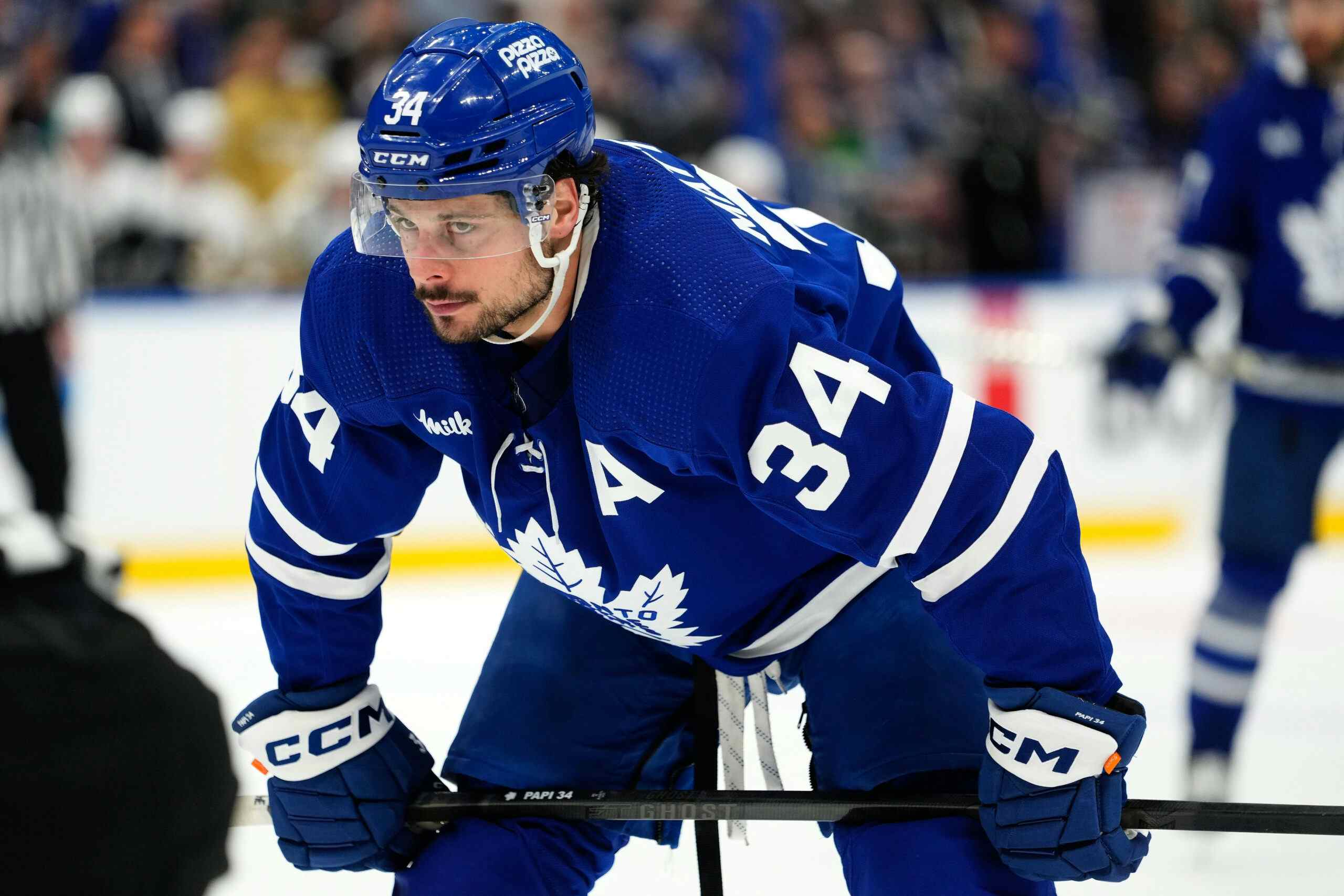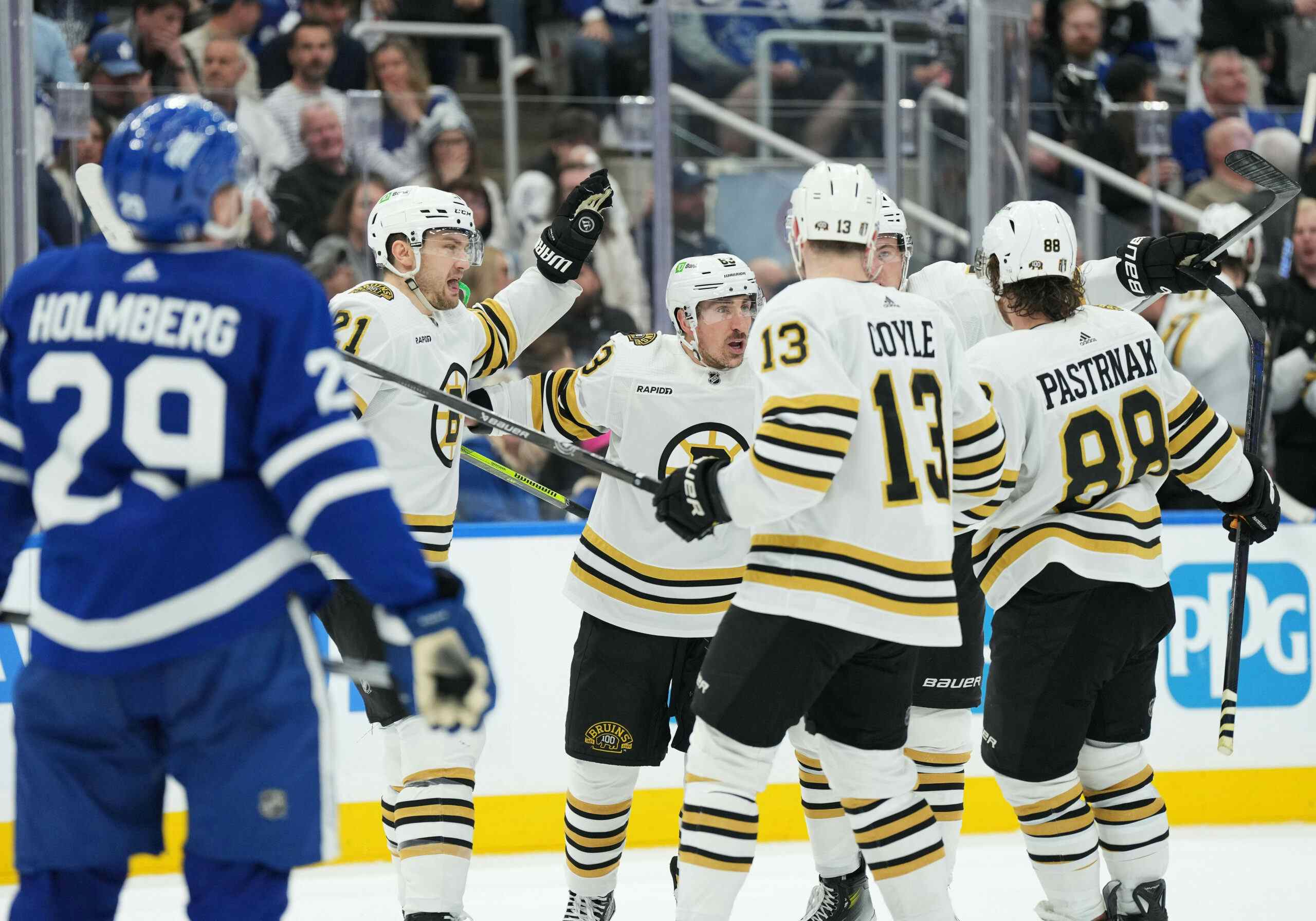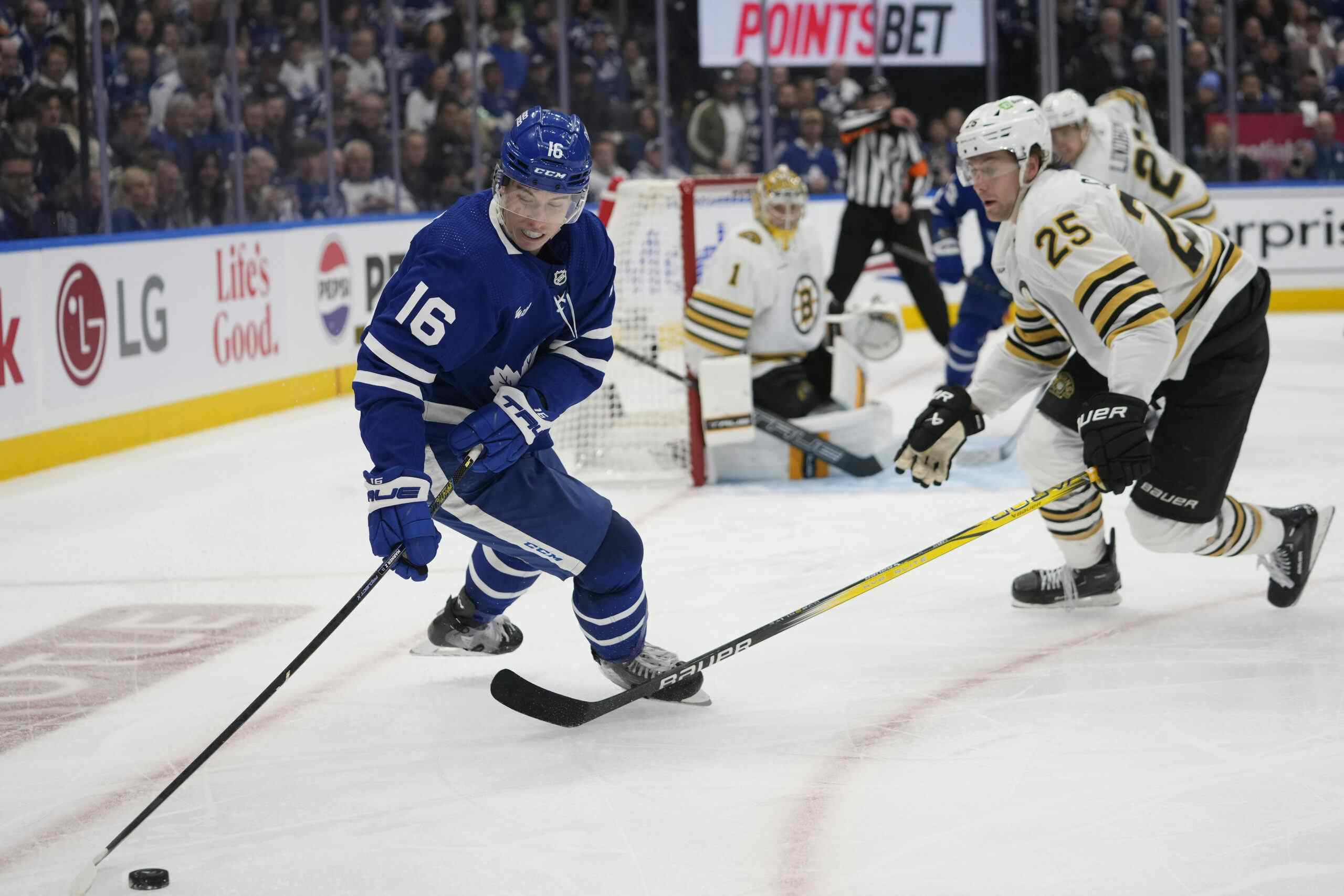William Nylander’s time will not come, for it is already here

Photo Credit: Kevin Hoffman/USA TODAY SPORTS
The Toronto Maple Leafs step onto the ice. It’s another hockey game for a team that we are all hoping, one day, will reach its potential. But there’s still lots of time left; the kids are far too young to be treated as anything more than prospects given an early spotlight, after all, so there’s no use in expecting a ton.
Take a guy like William Nylander, for instance. We’ve got high hopes for William Nylander, as a collective populace. Despite being ranked as the third best prospect in the organisation heading into opening night, he’s still got a higher ceiling than most team’s #1 prospects at moment. Right now, he plays right wing, because Auston Matthews, Nazem Kadri, and Tyler Bozak exist and because Mitch Marner is the only other hyper-skilled right winger.
If he stays that way, Leafs fans dream that they can have a player who can tilt the ice like Phil Kessel did when he was here. Or maybe dream bigger; like Corey Perry does, or like Patrick Kane does. One can dream.
Hold that thought.
A Reminder
Just to remind everybody, William Nylander has been absurdly great at just about every level he has spent time in, and that’s a pattern that even dates back to his mid-teens.
- In his Age 15 year, Nylander finished 29th in points-per-game in Sweden’s top Under-18 league, out of players who played at least 15 games. He scored 26 points in 18 games. He was also first in points per game for U16 players in the league, and eighth among U17 players under the same qualifier.
- In his Age 16 year, Nylander jumped up to Sweden’s top Under-20 league. He finished 17th in points, scoring 43 of them in 27 games. Using the same 15-game cutoff, he was fourth in points-per-game. He was first among U17 and U18 skaters in the same statistic.
- In his Age 17 year, Nylander went pro. He put up “just” 7 points in 22 games with Modo Hockey of the SHL. That seems low, which was the 13th highest total for a 17-year old player in the history of the league. He also played 35 games in the Allsvenskan, Sweden’s second-tier that is significantly closer to the SHL than, say, the AHL is to the NHL. He had 27 points, putting him 14th in points-per-game, and 1st among U18’s, U19’s, and U20’s. He also led the U18 World Championships in scoring by a mile, notching 16 points in 7 games. The Leafs drafted him that summer, and let him stay in Sweden.
- For a bit, at least. In his Age 18 year, He started off his season with 20 points in 21 games. 0.952 points-per-game is incredibly impressive. In fact, it was 5th in the entire league at all age groups, and once you narrowed it down to prospects, it wasn’t even close. Nylander was a point away from joining Markus Naslund (1992) and Tomas Sandstrom (1983) as the only two 18-year-olds in SHL history to have a point-per-game season over 20+ games. Nylander was victory lapping the Sedins, he was victory lapping Peter Forsberg, he was victory lapping Mats Sundin, Anze Kopitar, Nicklas Backstrom, so on and so forth. But MODO was a mess, and the Leafs knew it. So they put him on a plane.
And once he got here..
He didn’t stop. Nylander was sent to the Toronto Marlies In his first few games, he struggled to get his name on the scoresheet. Hype was already fading by the six-game mark, at which point he had just two points to his name, and the bulk of his offensive generation came from banging at the front of the net, rather than taking the risks he was hyped up to love and win out on when attempted.
But it eventually clicked. He scored 7 in his next 11 games, and 23 in his next 21. He finished the season with the third-highest points per game by an 18-year-old in AHL history. Certain people called for another step; a chase at 100 in his first full year.
It didn’t happen. But the thought wasn’t ludicrous; Nylander burst out of the gates and quickly developed a noticeable lead in the AHL scoring race, slowed down only by the occasional rotational scratch until December. At that point, he was allowed to play in the World Juniors, where he was concussed by a blindside hit in just his second shift of the tournament. While recovering, he developed appendicitis. Needless to say, when he came back, he was not his normal self for a while and didn’t produce at the same speed.
He still wound up with 45 points in 38 games; a pace of 90 over a full AHL 76. He still wound up with the second-best points-per-game of any 19-year-old to ever play in the league. Once again, Nylander had eclipsed his opponents and decided to chase history instead.
Once again, the Leafs came calling. This time, it was time to come up to the NHL; partially because he had earned it, but also largely to burn a contract year and to see what the team had in the pipeline.
And since he’s come up..
We’re going to do a blind test here. These are four charts with four different players outlined. These are ten-game rolling averages starting at the Trade Deadline and ending at the conclusion of NHL regular season. The charts based on shot data are score-adjusted. Please look at my charts.

You have now looked at my charts. I will tell you a bit about the players now. I decided to feature some of the highest pedigree right wingers on earth. In fact, I may have named them before.

Yep.
I don’t understand these charts, Jeff..
Okay, let’s put it this way. Nylander started off his NHL tenure off stupendously slow, likely a result of another adjustment period and a still-existent push to get to 100% health. In his first ten games, he had just two goals and no assists. But he closed off with 11 points in his final 12 games, giving him approximately a 55-point pace if merely spread out to 82 games.
But it went beyond that. Nylander was behind only Colin Greening, PA Parenteau, and James van Riemsdyk as the most efficient even-strength point producer on the team when the year was all said and done. Keep the focus on goals and primary assists, and he stood atop the team pile with 1.73 every 60 minutes, a result over 20% more efficient than JVR’s.
On a league-wide scale, players like Johnny Gaudreau, Nicklas Backstrom, Max Pacioretty, Evgeni Malkin, and Filip Forsberg trailed behind in their even strength contributions. It wasn’t impressive for his age, it wasn’t impressive for his team; it was just straight up impressive at the NHL level as a thrust into the wolves teenager.
But it didn’t stop there. Nylander finished fourth on the team in relative possession, showing that pucks weren’t just going in, but that he was undergoing the right process as well. Of the fifteen players who spent at least ten minutes on the ice with him, eleven saw their possession numbers improve when he was on the ice with them. The four that didn’t included Matt Hunwick (who stylistically does a player like Nylander zero favours), two lesser rookies in Tobias Lindberg and Kasperi Kapanen, and Jake Gardiner, who only had a 0.33% difference and was going from “quite great” to “slightly less but still quite great” in that regard.
In a free-fall, hopeless stretch there the team was mostly spending its time figuring out what the heck they were going to do in the season that followed, William Nylander was legitimately one of the best forwards in the National Hockey League. He did have a bit of a cold stretch in the AHL playoffs, however, going 11-for-14 over Toronto’s three years, though there were suspicions that he wasn’t feeling up to physical peak come the spring. Some took the whole few weeks as something that was entertaining but conceded that even good things will come to a stop at some point. But if there’s one thing worth remember with Nylander, it’s that..
It’s not going to stop.
The same song and dance has already started to begin once again. In these first four games of the season, Nylander already has a goal and four assists, bringing him to 16 in his past 16 NHL games and 18 in his first 26 overall. Once again, he’s putting up favourable possession numbers, it’s already becoming a little evident that the players who regularly see ice time with him (more so the defencemen, since his linemates haven’t changed), are going to have a good time being on the ice with him as long as they aren’t Matt Hunwick.
The reason why I built up Nylander’s story, which you’ve probably already read in a different context before, is simple. We spend a lot of time talking about younger hockey players (or younger athletes, really), saying that they can’t possibly be good enough to be stars on the big stage until they gain enough experience.
But what is experience, really? You don’t enter the pros as a beginner; anyone who makes it to the NHL, especially today, has had a long road of high-level hockey to build themselves up on. For the most special of players, their talent may be years into its NHL-ready ripening stage; they just needed to fill in the frame, get a bit older, or get into a situation of trust with their management/coaching staff.
I’m not saying that every kid out there is good. But every so often, a player comes around that has been beating up on the hockey world with an undeniable amount of force, with no end in sight to their rampage. These are not the guys you hold back on, or that you hesitate on. They are not unproven; they are proven elsewhere, and they’re eager to prove themselves to you.
William Nylander will get better as he gets older. But that doesn’t mean that he isn’t ready yet. Hot and cold streaks may come, and there may be times where you begin to second guess if he’s ready for prime time yet. But based on his record, and how he’s reacted to every leap along the way, I’d bet that the train will roll pretty smoothly from this point on.
I guess what I’m saying is, get ready to see a little more of this:
and this:
and this:
and this:
and this:
and this:
and this:
and this:
and this:
and this:
and this:
and this:
Don’t get caught waiting for tomorrow. Nylander’s tomorrow is already here, and it has been, and will continue to be, an absolute treat to watch.
Recent articles from Jeff Veillette





